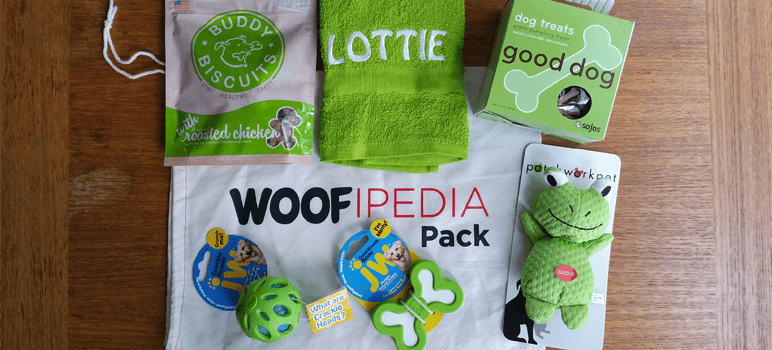From Bull Fighters to Mansion Dwellers: A Brief History of French Bulldogs
The history of the French Bulldog is an interesting and long-running story. The true beginnings of the French Bulldog reach all the way back to ancient Greece. An ancient Grecian tribe known as the Molossians bred massive dogs for labor and war, known as the Molossus breed. From the Molossus breed came a whole host of sub-family breeds. These sub-families resulted in countless breeds including St. Bernards, Great Pyrenees, Rottweilers, Pittbulls, Newfoundlanders, and a breed known as the Bullenbeisser. The Bullenbeisser, now extinct, was used for bull-baiting, a vicious blood sport where dogs would attempt to immobilize a bull by latching it’s strong jaws onto the bull’s snout. These dogs would give way to the modern day breeds we know as “bulldogs”; there are the Olde English Bulldogges, English Bulldogs, American Bulldogs, and our beloved French Bulldogs.
In 1835, Britain outlawed the brutal blood sport of bull-baiting. Unemployed, bulldogs were resigned to a simpler life, including less stringent breeding laws. Breeders began crossing the massive Bullenbeisser to create the modern bulldogs we know, including the breeding of terriers and bulldogs to create smaller version of the bulldog. By 1850, London was littered with miniature Bulldogs. These bulldogs hardly resembled their Bullenbeisser ancestors, sharing only the famously short muzzle and broad facial structure. They had become companion dogs, rather than sporting dogs. Before arriving in France, the bulldog was crossed with terriers and pugs to achieve the compact French Bulldog size we’re familiar with today.
To France in Lace
By 1860, miniature bulldogs weighing around 16-27lbs could be found in conformation shows around England. During the same time, lace workers from Nottingham, forced out by the Industrial Revolution, began moving to France to search for work in Normandy. The lace workers brought along a variety of dogs, namely, the miniature bulldog. The miniatures became very popular amongst the French and new importing lines were created for the miniature bulldogs between England and the Normans. Bulldogs that the English deemed unfit for breeding were shipped straight to France. The English were happy to sell the dogs to the French since there was little market left for them in Britain. The French loved the characteristics of the bulldog that the English deplored, including being small and having ears that stood up. The French lace workers loved the bulldogs with erect ears and soon, the breed was named the Bouledogue Français. The dogs instantly became a fashion symbol of Parisian life, from prostitutes, madames, and the social elite. The companion Bouledogue Français became a required addition to any socialite’s lap.
Coming Full Circle
In 1893, the Bouledogue Français made it’s way back to England. The English breeders did not welcome the new breed because they did not fit the English Bulldog standards. Fanciers of English and Bouledogue Français breeds were concerned that their dogs would be cross-bred to the detriment of each other. Rather than assimilate their dogs into the Bulldog mainstream, supports of the Bouledogue Français formed their own kennel club and held their first show in 1902. In 1903, the English Kennel Club permitted the Bouledogue Français into their roster, due to their rising popularity. By 1912, the name was officially changed to French Bulldog.
Off to America
As early as 1885, French Bulldogs were arriving in America alongside wealthy Americans traveling through Europe. The social elite instantly fell in love with the new breed. French Bulldogs had stolen the hearts of Americans. Highly influential Frenchie-owners such as the Rockefellers and J.P. Morgans hastened the breed’s recognition by the AKC (American Kennel Club) in 1898.
See? Didn’t we say the history of french bulldogs was an interesting one? Who could have guessed massive Grecian war dogs would give way to the tiny, chubby little heart-throbs we know and love today? Regardless of their origin, we’re grateful for the efforts of those early breeders bucking the trend and giving the French Bulldogs we adore so dearly today.




No Responses